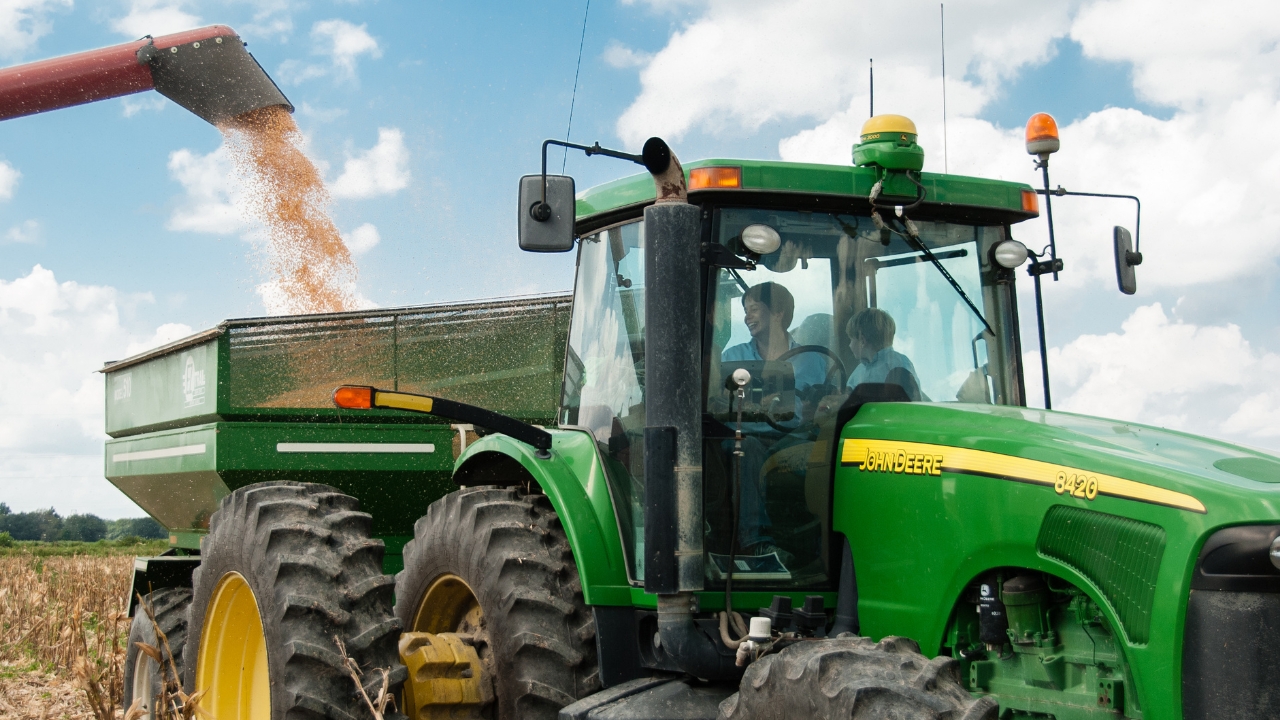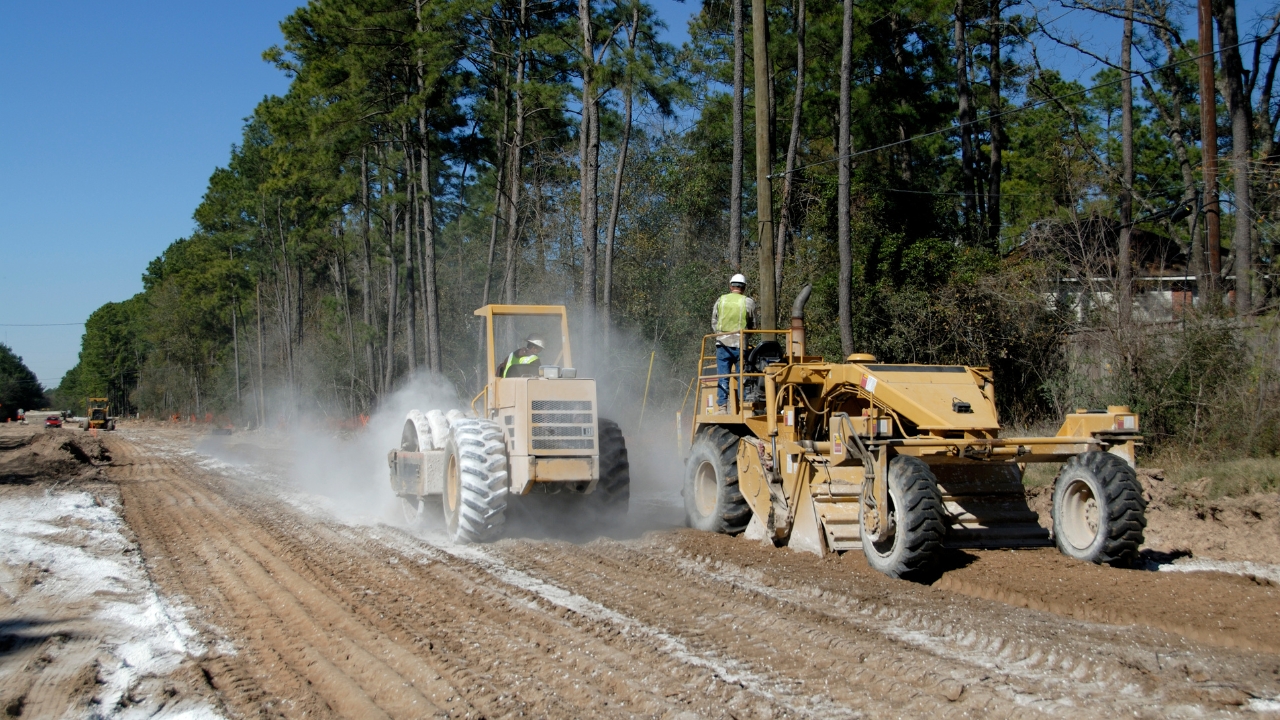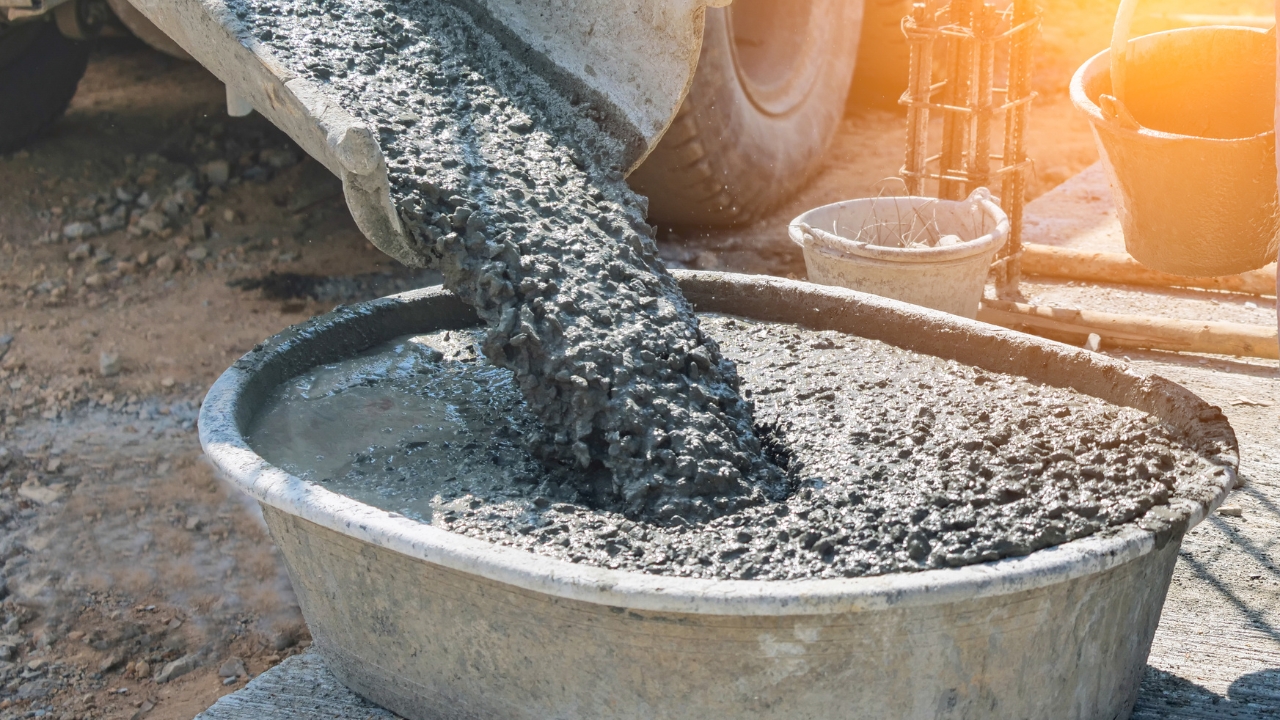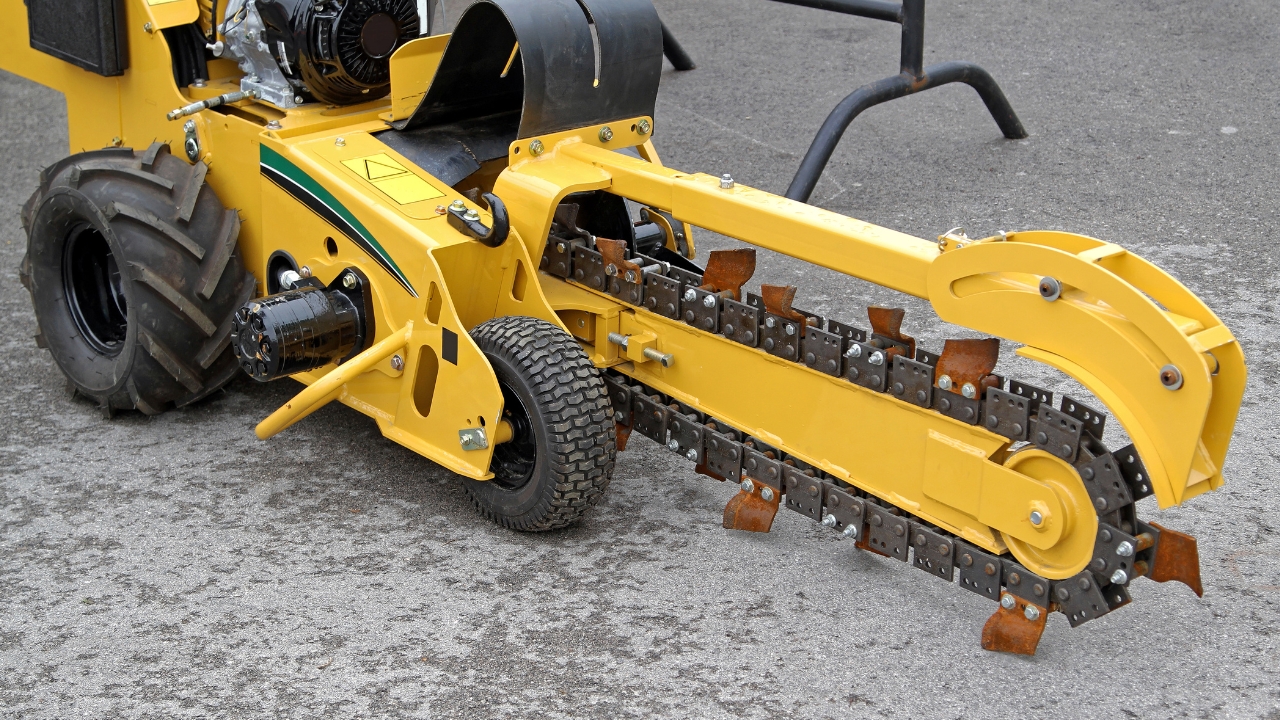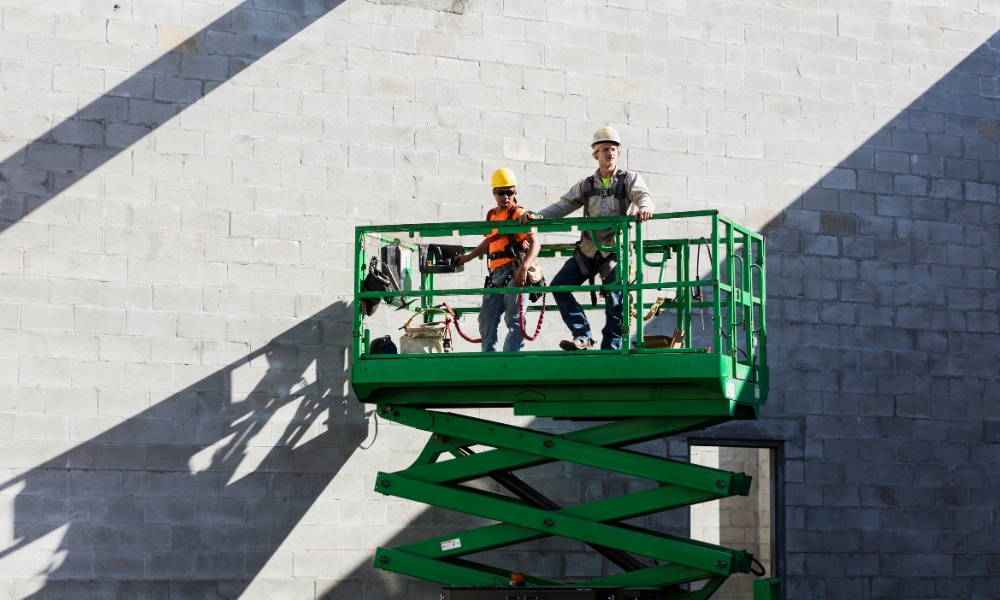Excavators are very essential vehicles used on a construction site, so when you are planning a big project it is always important to understand the various types of excavators, their capabilities and their shortcomings. The biggest differentiating factor between the various models is their size, as size often correlates with the range of mobility and lift and dig capacity. The type of excavator you’ll need will vary depending on the working conditions and requirements of the job such as terrain, weather and location.
Wheeled Excavator
The most standard excavator used in the industry as the name suggests utilises wheels instead of tracks. Because the wheeled excavator has less traction than the standard, it’s best used on asphalt or concrete. While the wheeled excavator is not suited for sites with soft soil or hills and slopes, it’s faster than a crawler when operated on a smooth, hard surface. It’s also easier to manoeuvre.
Crawler excavator
It is an excavator that runs on tank tracks instead of wheels. The crawler uses hydraulic power, especially in its arm, and although it’s much slower than a wheeled excavator its tracked chassis makes it more stable and practical for use on uneven or soft terrain. This is what makes the crawler excavator a good choice for steep, rough or muddy landscapes.
Long reach excavator
This excavator had an extended and lengthy arm and boom as the name suggests for longer reach. The long-reach excavator’s extendable arm has a range of 40 to 100 feet, making it possible to reach construction zones that are over 100 feet away horizontally. This type of excavator is made for jobs where the terrain or construction site prevents the machine and operator from getting too close.
Dragline Excavator
The dragline excavator is larger than the standard excavator used. The dragline uses a hoist rope system and a dragline to raise and lower the bucket and drag it toward the driver. Similar to an excavator used in mining, the dragline allows large quantities of dirt, especially in quarries and dirt holes, to be removed without much hassle. This hoist system makes this excavator ideal for excavating underwater.
If you think construction is the career for you then contact Construction and Plant Training Service at 01234 604151 or 0777 18 12 418. We have many courses available for the career path you wish to take.




